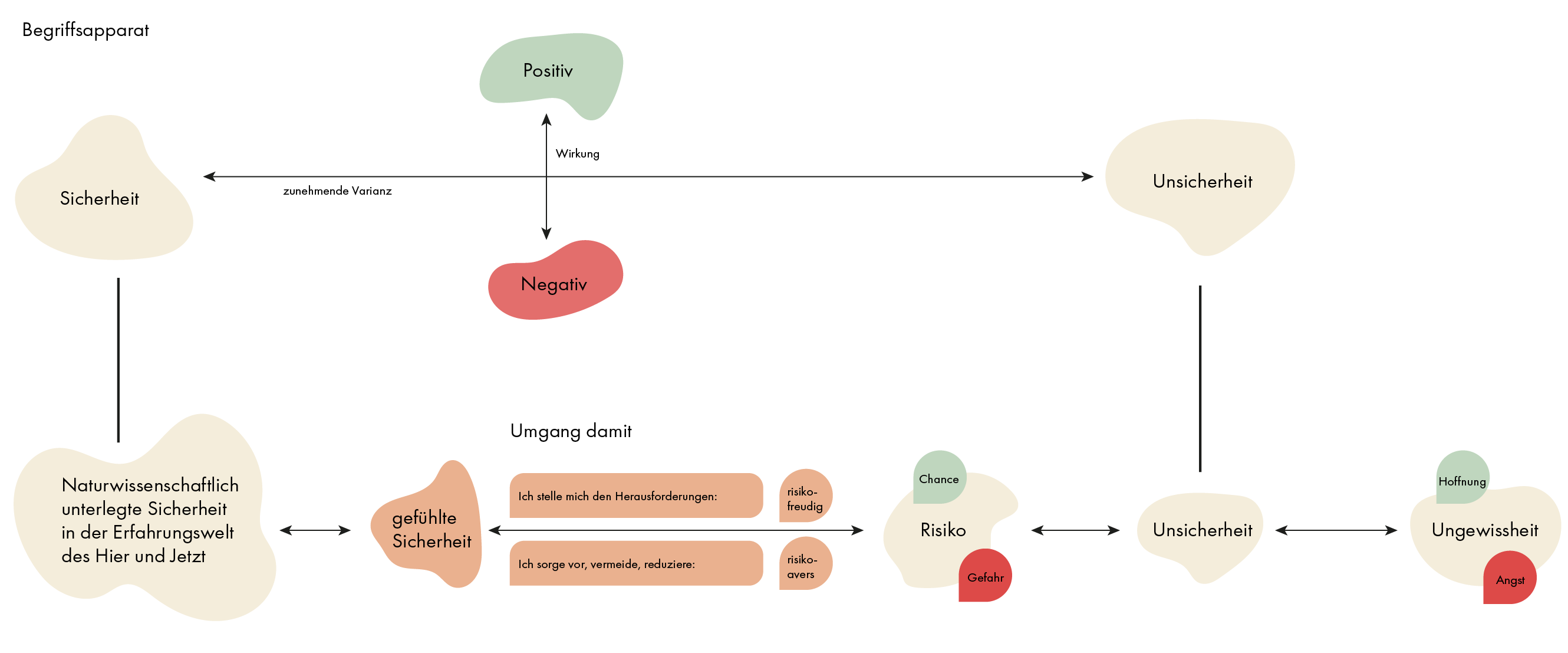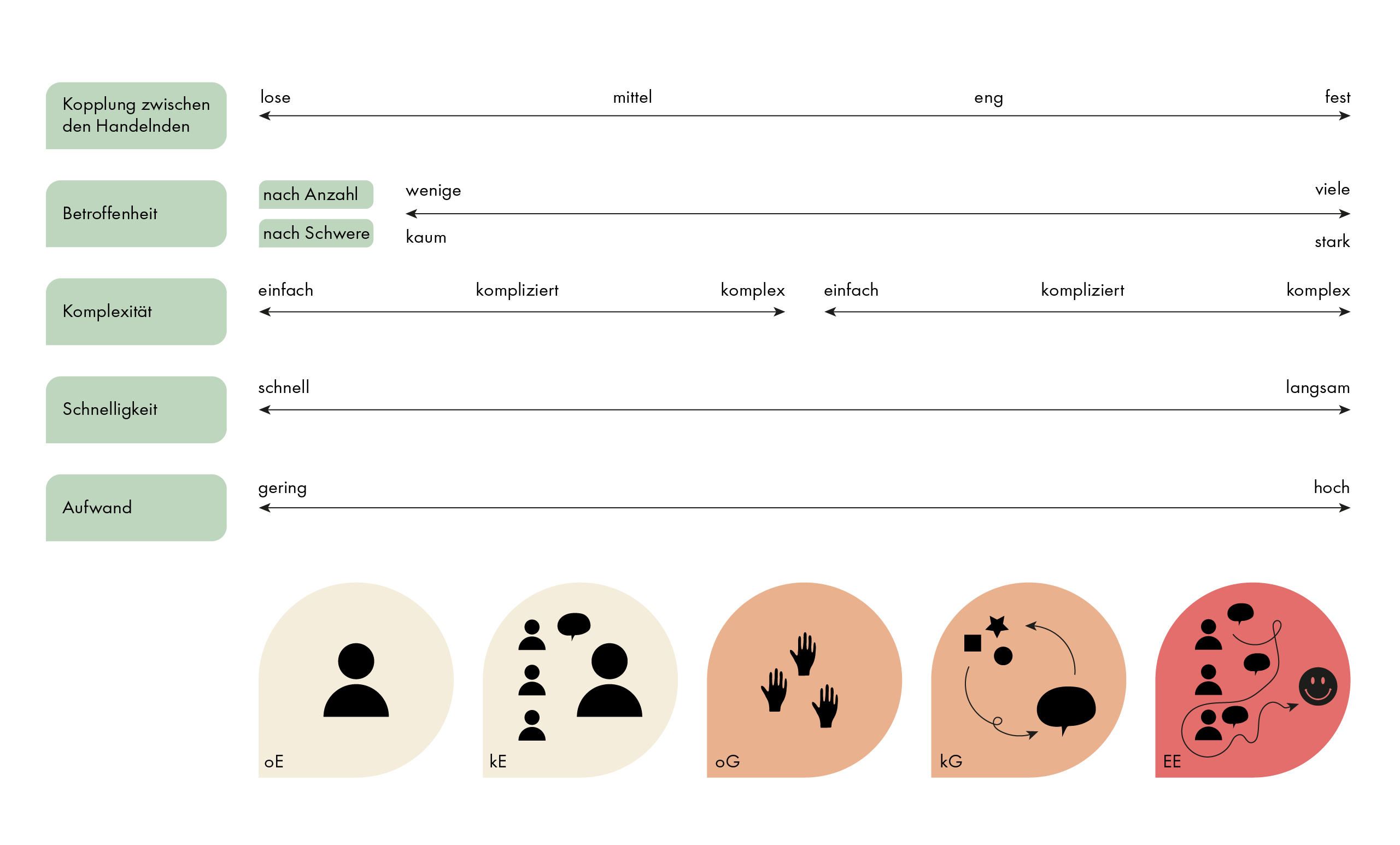
We assume that decisions improve with the quality of information. In situations under uncertainty (=complexity), as many different views as possible are helpful.

So if the issue is complex because the alternatives are powerful, it is advisable to involve several in the decision - the famous group or swarm intelligence. So you are at least at the consultative individual decision. And if the alternatives are so powerful that you cannot use the usual means of operations research to calculate which is the best (see also here), but you need people’s intuition, then a group decision is recommended.
If people are affected by our decisions, they should be involved. Affectedness describes the impact of the decision on others. That is, that they are affected themselves and (un)indirectly, depending on how the decision is made. In risk theory and project business, there is often the formula consequence x severity x probability of occurrence, which also underlies the dimension “affectedness” in DAD.
In the case that people are not personally affected, but - especially in the work context - “only” their actions, their own work is affected, then we speak of coupling. Here are a few examples from the world of work and at the level of society to differentiate between being affected and being coupled:
So affectedness is about the severity of the impact on someone personally. Linkage is about the severity of the change in their activities.
Finally, it should be pointed out that individual decisions are usually quicker and less expensive than group decisions. If you need a decision here and now, there is nothing else you can do but decide for yourself. If you have a burst water pipe, there is usually no time to call an owners’ meeting, but you decide yourself to turn off all the supply pipes, even if this may cause other damage that you might have seen with the consultation of others. And it is also clear that the more people are involved, the greater the effort. An economic efficiency calculation suggests that the increasing (time and cost) effort must also be justified. As a rule, however, the effort for the decision is marginal compared to the effort for the subsequent implementation of a decision. For this reason, it is not considered as a separate dimension in our Module 1.
The methods are derived from the dimensions:

In summary, we can say that the methods can process more and more input, i.e. more affectedness, more complexity, etc., and thus become more elaborate themselves:
It is important to clarify that the individual methods are not separable. In the end, it doesn’t matter whether what you end up doing falls under the Operative Group Decision or the Consultative Group Decision! The only important thing is that you become aware of and use the spectrum from a completely autonomous individual decision to the jointly developed unified decision!
In order to use this spectrum well, it is important to understand the principle of KonsenT.